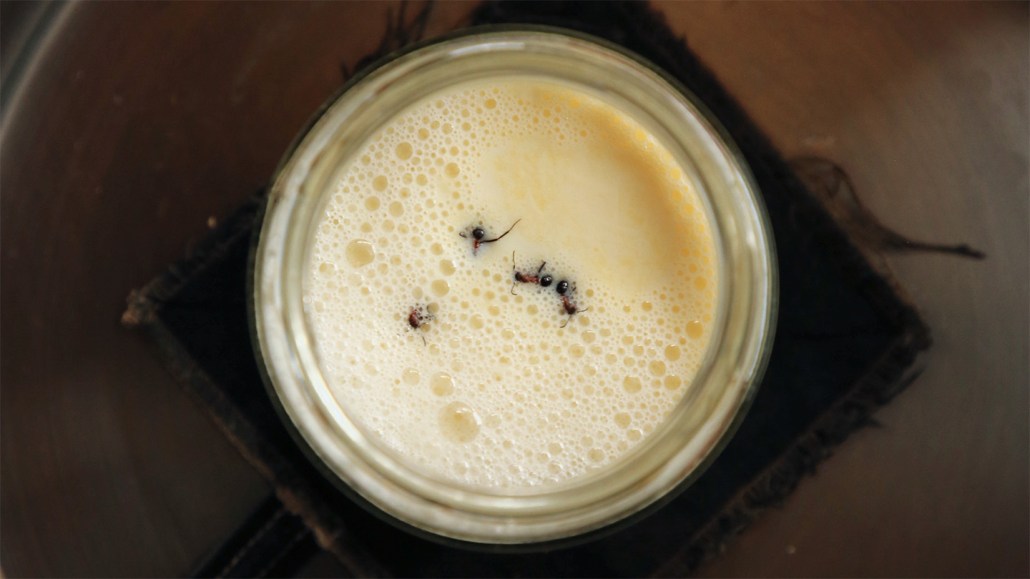To make a tasty yogurt, just add ants (and their microbes)
Live ants are key to success. Microbes from frozen or dehydrated ants don’t work as well

David Zilber
Live ants are key to success. Microbes from frozen or dehydrated ants don’t work as well

David Zilber